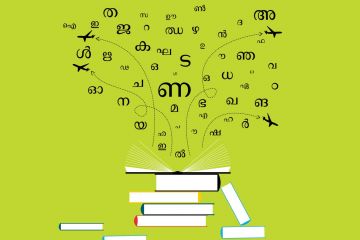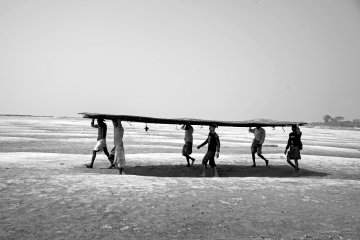
“Many shall run to
and froAnd knowledge shall
be increased” (Daniel,12 : 4)- The Old Testament
1611“Many will be at
their wit’s endAnd punishment will
be heavy” (Daniel, 12: 4)-The Old Testament
1970Every time someone
asks me to write or speak about translation I panic and read about a thousand
pages on the subject and come up with nearly the same ideas as before and
perhaps a few new quotations. But now I’m wondering whether to Uncle Sam or
John Bull it because being





